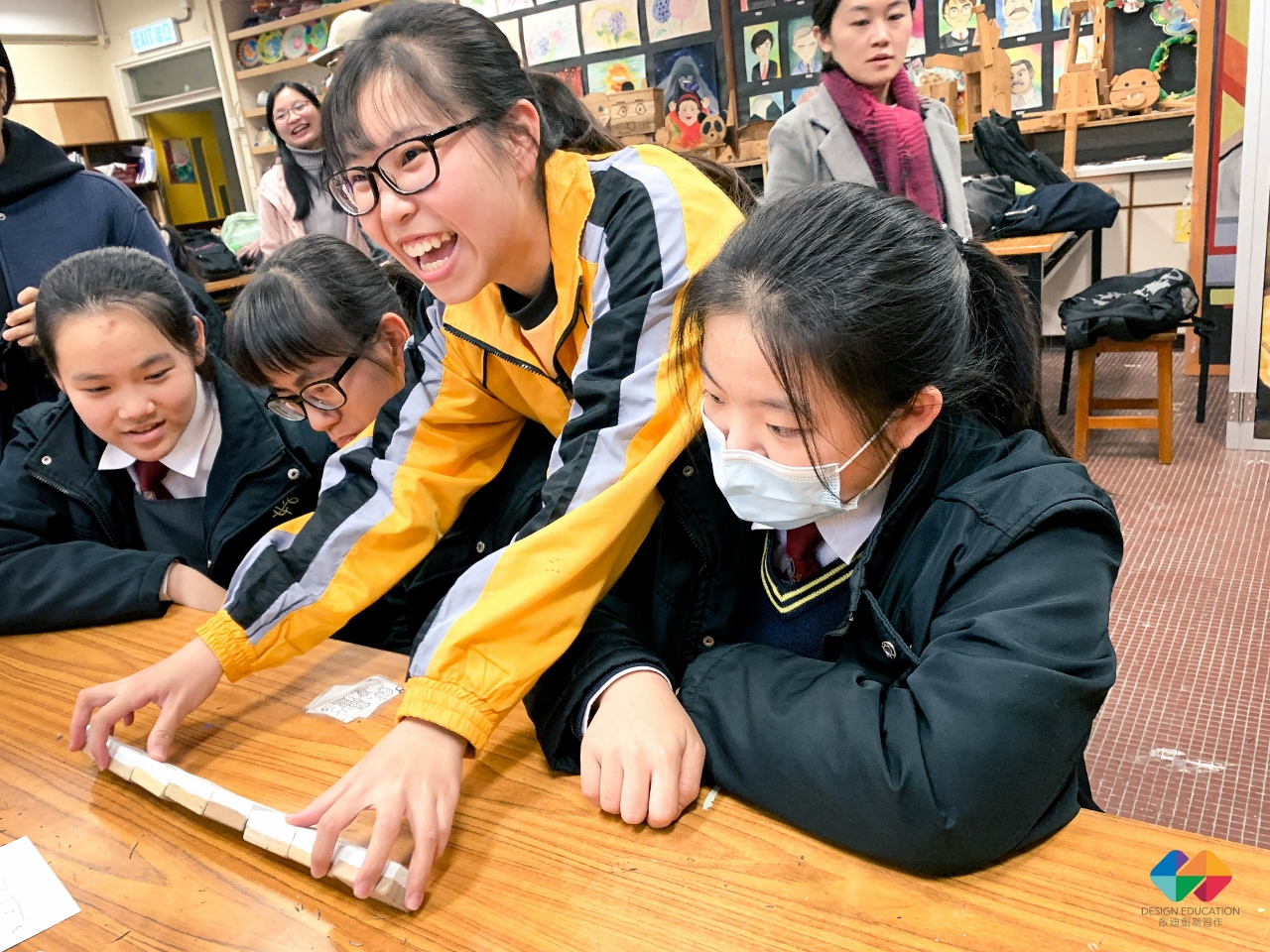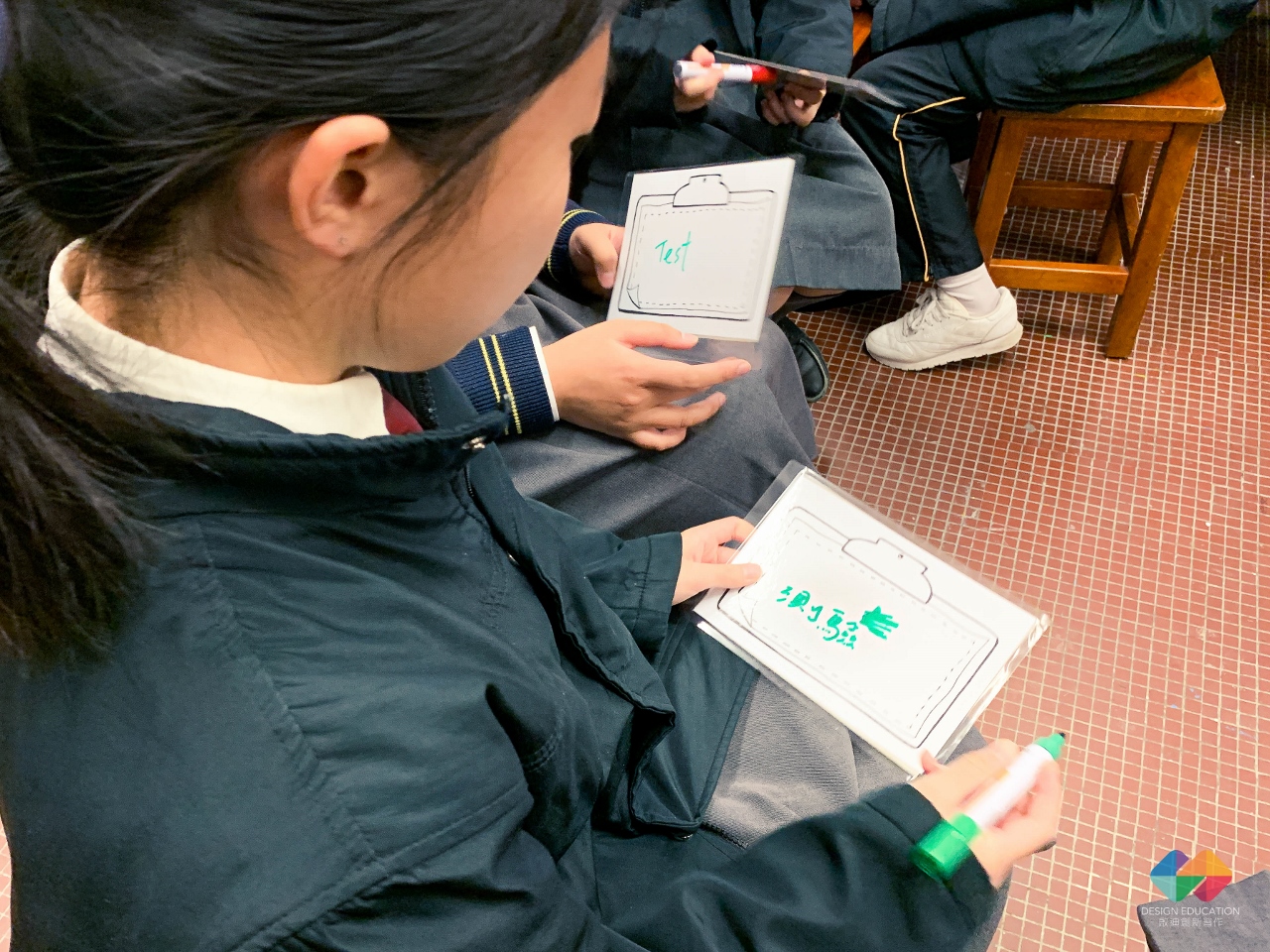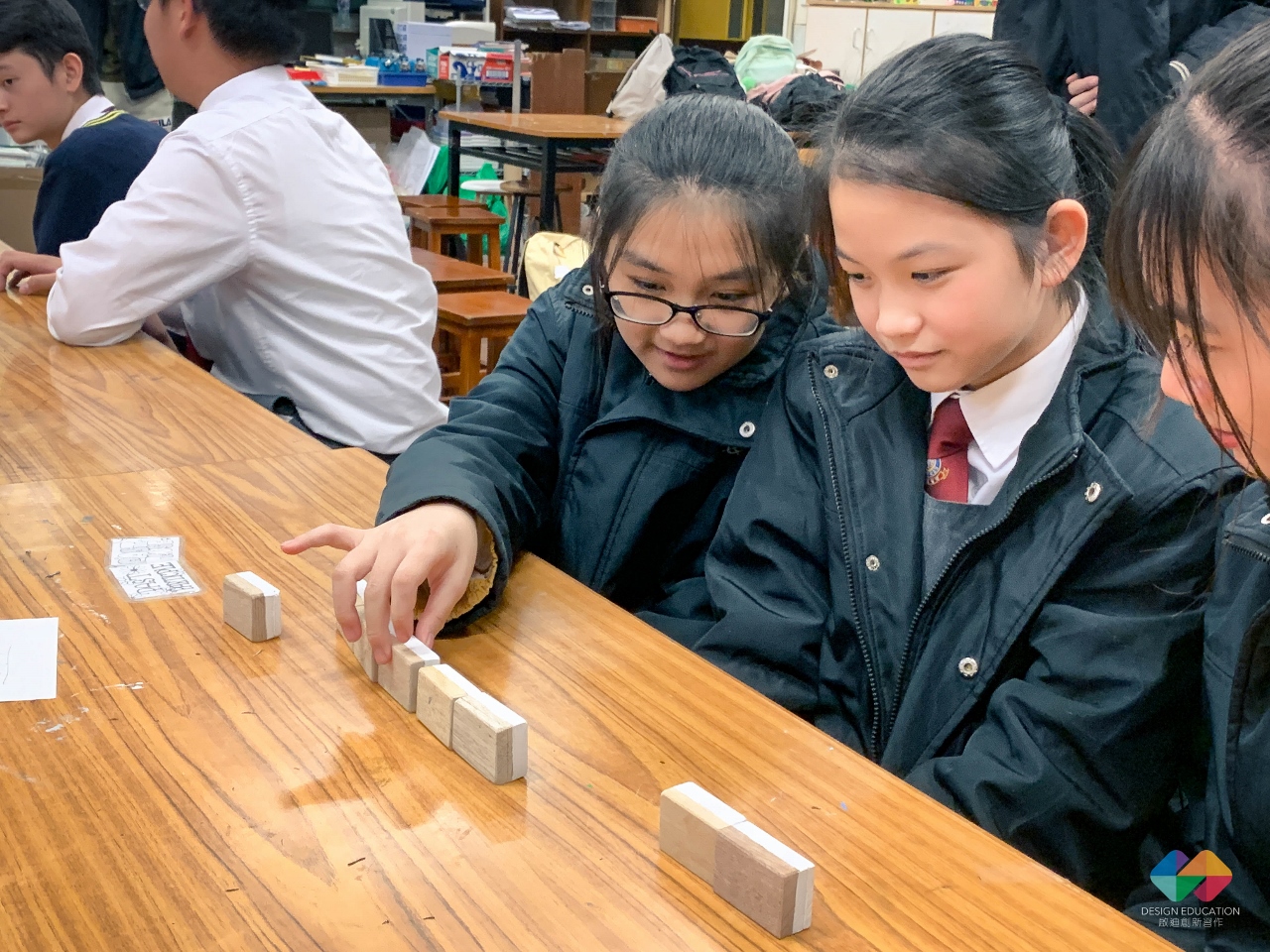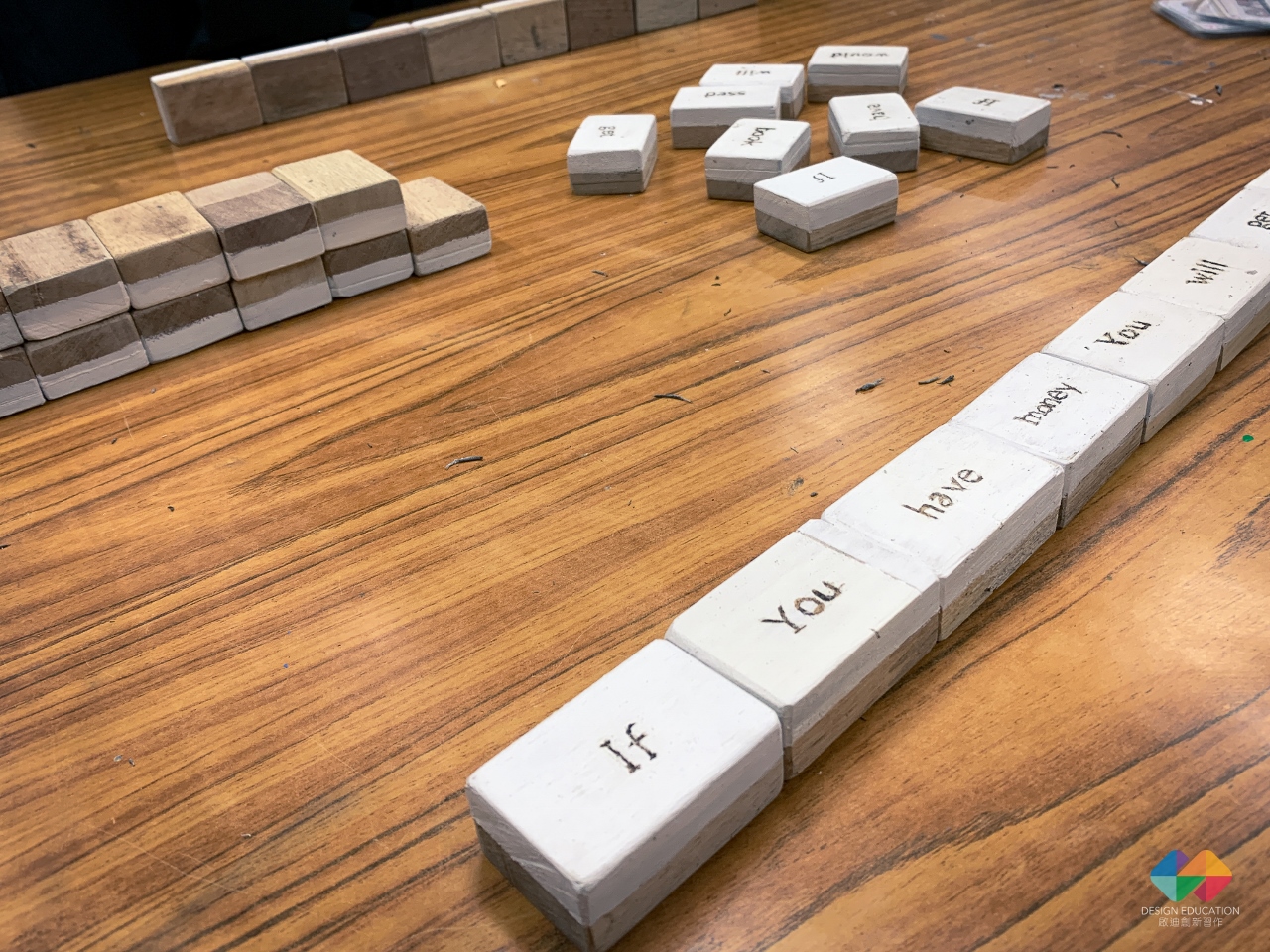Author: Albert Tsang

Design Playing is one of the major components of SoInno Design Education. The name may seem easy to understand, signifying learning-by-playing. But when we talk about Design Playing, what are we actually talking about?
There have been discussions on gamification in education. Gamification in education, to put in a nutshell, is to turn the whole learning process into games. Some might confuse this with simply involving gaming elements or making use of games in class-based pedagogy. But many have pointed out the difference between gamification and Game-Based Learning (GBL). The basic assumption of gamification in education is a thought that all the teachers would have once had,
“Wouldn’t it be nice if the students could learn in the way like how they play the video games?”
Gamification of learning believe that the gaming experience could be translated into learning.

In design, there is also a parallel discussion about games. In co-design, while considering the engagement of stakeholders from different backgrounds to design together, Design game is an often-deployed tactic. The main purpose of design game is to provide a common language for different stakeholders (Brandt 2006), to let people with or without design training to be easily engaged into a collaborative design process.
Since the students joining the programme are not with the aim of getting professional or occupational design training, Design Playing grabs on the translatability between the gaming and learning experience, letting students with or without design training, or even interest, to easily learn and design in games.

Our collaboration with The Association of Directors & Former Directors of Poi Oi Hospital Ltd. Leung Shing Tak College could better illustrate how Design Playing could let the students learn and solve problems in games.
F4 and F5 students from Leung Sing Tak College got the design task of designing English teaching tools tailored for their fellow students studying in F3. The problem, like many classic design wicked problems, is super open, without model answers, and has already been worked on by many great minds before. But all of this could not be compared with the big wall standing in front of them,
“How dare are we to teach others, when we are not even confident in English?”
Designers would more often than not have a certain degree of personal experience towards the artefacts they have to design. For example, the designers of electrical appliance would definitely have used that particular gadget in their lives before. Designers would start with organizing one’s own experience before work begins. People normally do not have the habit of organizing one’s own experiences, like in this case the students did not even know the reason behind why they “are not confident in English”. This tasks hence gave them a very good opportunity to reflect and organize their learning.
Sometimes, the personal experiences of designers would in turn create psychological blind spots for them, making them to think that their own experiences would be representative enough (professional designers might have even more blind spots due to their professional experiences). At this project, by having the F3 students as comparing users, the students could check and examine the insights they gather from reflecting their own experience, it would also lead them to other stakeholders, including teachers and other artefacts.

From vast amount of contents in learning English, at the end one of the groups chose to focus on grammar and then narrowed it down to conditional sentence. They discovered that conditional sentence is all about 3 or 4 group of phrases combining according to different situations. Anchoring on the concept of free combination, this group of students ideated various interesting ideas, and eventually chose the idea of making teaching tools based on the game Mahjong. The rules of the game could only be set after numerous tries in the prototyping process. The students explored and defined the essential gaming elements like challenge and playability in the process.
Some critics have suggested that, instead of learning through games, allowing students themselves to make the games might have a far better result (Kafai and Burke 2015). The students of Leung Sing Tak College played the game of making a game, and improve their learning experiences and incentive in learning English.
Extended readings:
Brandt, E. (2006). Designing Exploratory Design Games: A Framework for Participation in Participatory Design? Proceedings of the ninth conference on participatory design (PDC 2006). New York: ACM Press, 57–66.
Kafai, Y. and Burke, Q. (2015) Constructionist Gaming: Understanding the Benefits of Making Games for Learning. Educational Psychologist. 50(4): 313–334.
Kapp, K. M. (1967). The gamification of learning and instruction: game-based methods and strategies for training and education. San Francisco: Pfeiffer.
